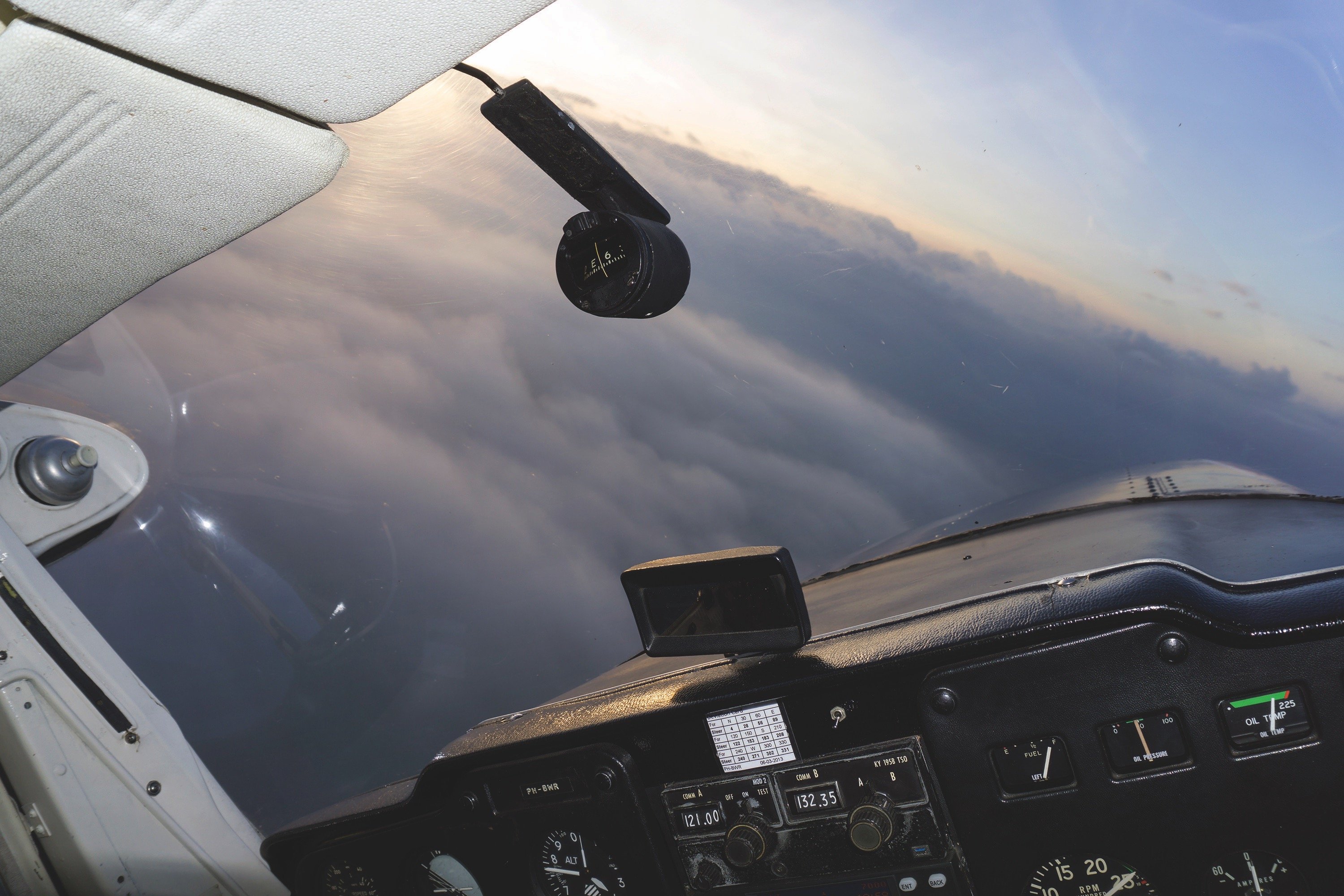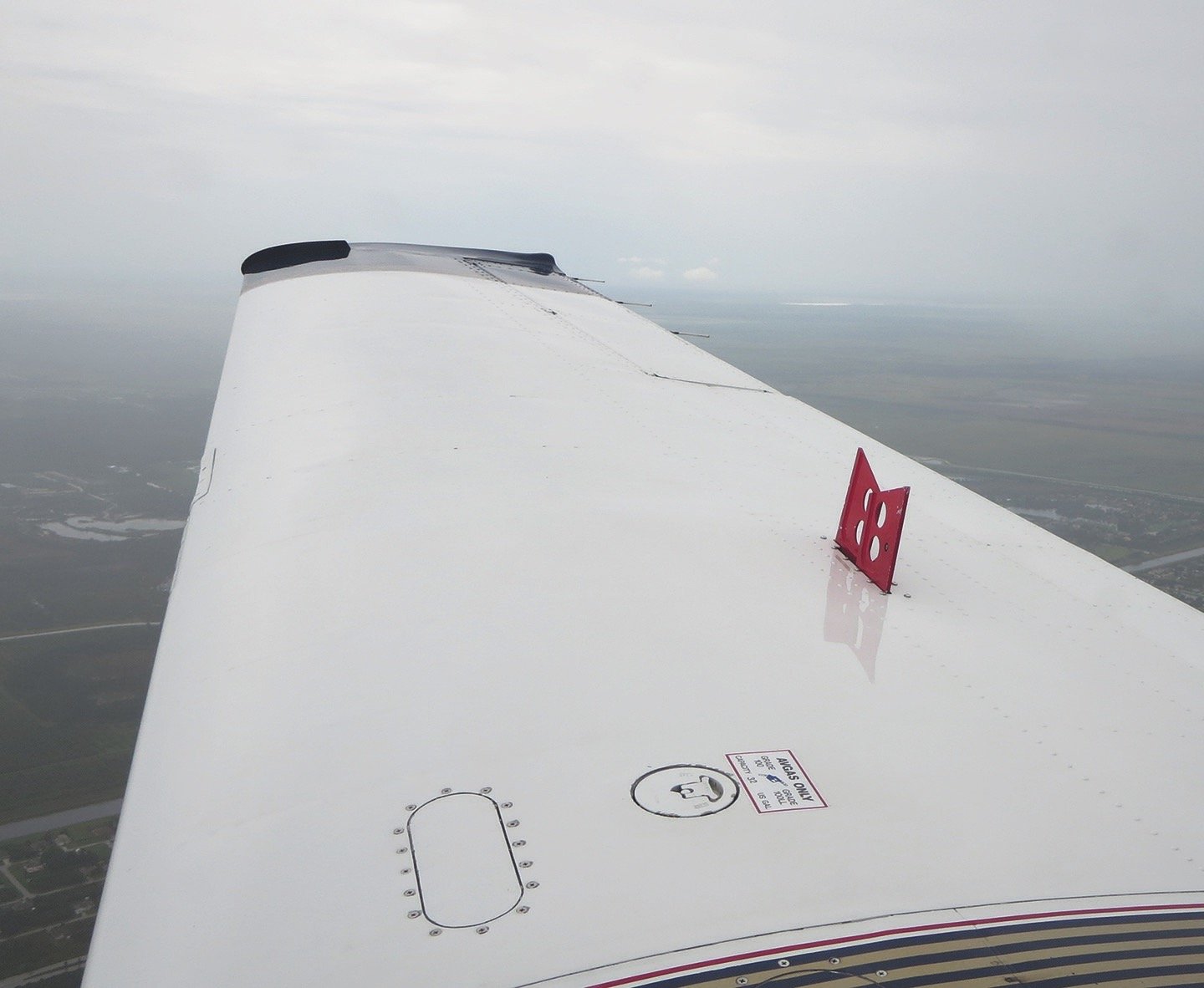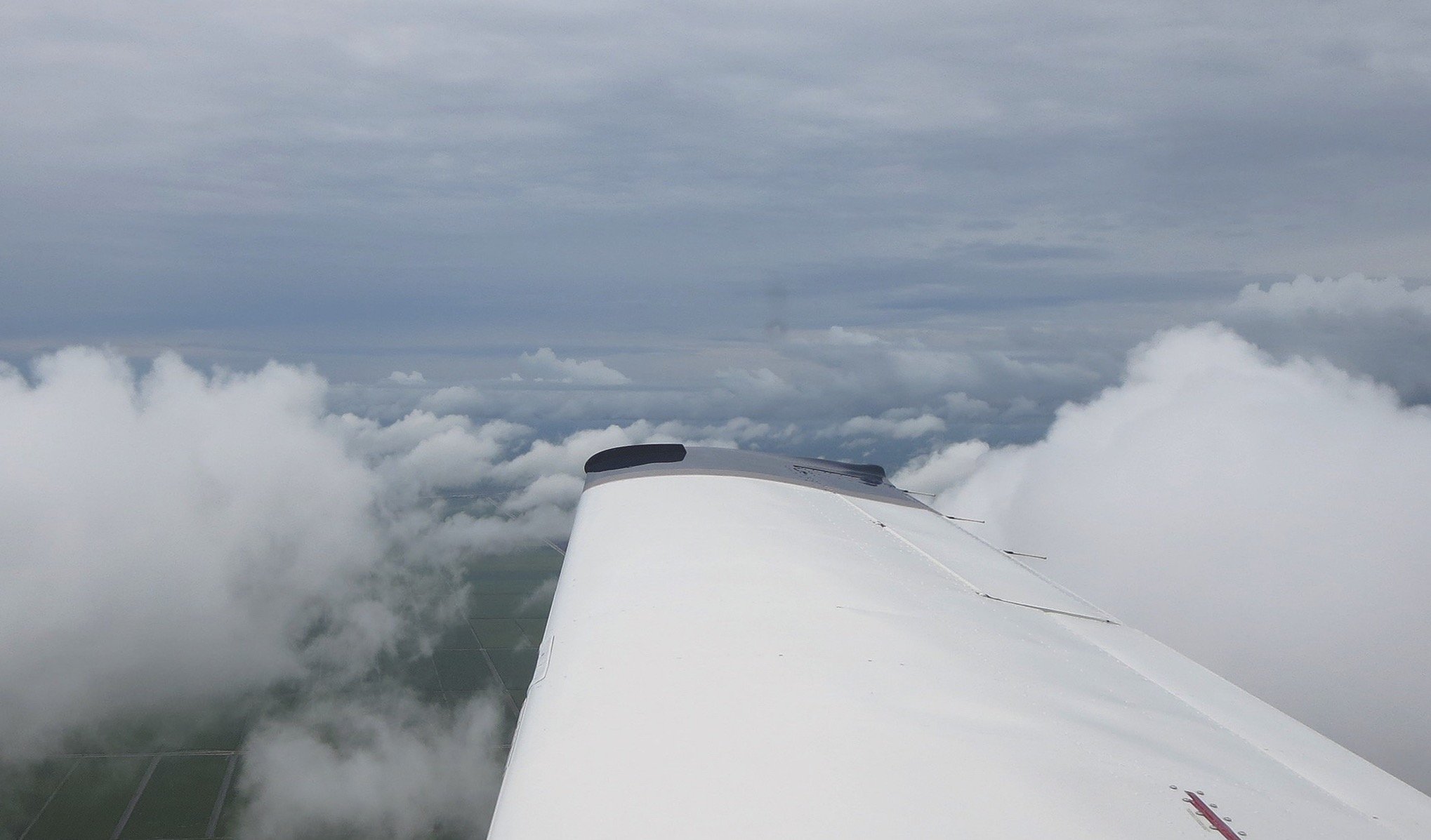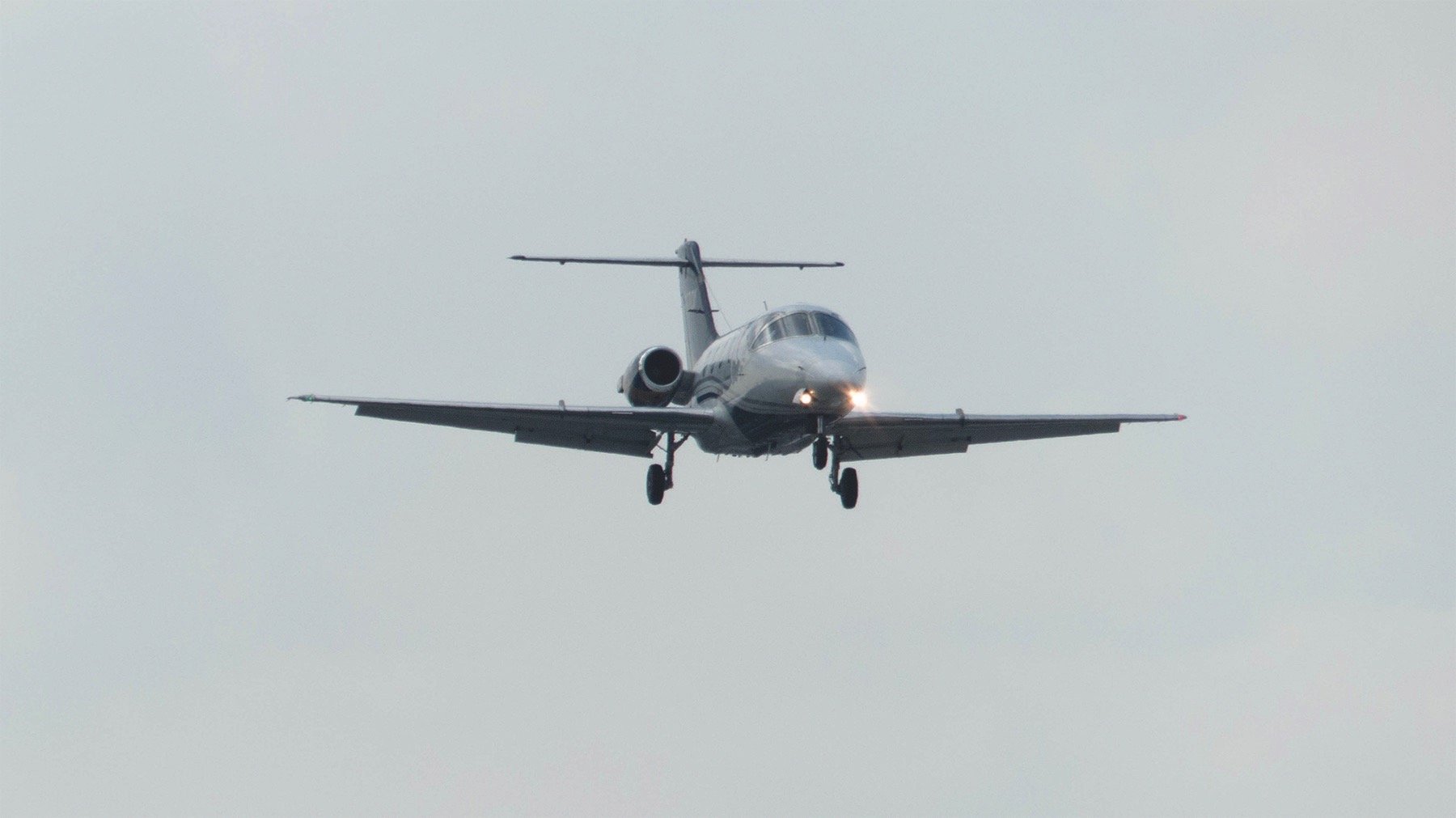I had flown a full day with the new owner of a turbocharged Beech Bonanza, a recently retired airline pilot who also had been a U.S. Air Force tanker pilot. He was IFR proficient from the airline and wanted to focus on visual and hand-flying skills while orienting to his airplane’s autopilot and avionics. He did a great job and got markedly more comfortable with the airplane as the day progressed. At the end of the day, I recommended he get more experience with the airplane before going IFR in it. We shook hands and I went to my office to complete my paperwork.
That evening I checked online to see if he got home okay. I noticed he had delayed quite some time before leaving, and that he had filed and flown IFR. Knowing his airplane was notorious for difficult hot starts, I emailed asking if he had trouble getting the airplane started. No, he had no trouble starting it the way we’d practiced, he replied. He had to wait a long time for his IFR release. That got me thinking about all the ways it can be advantageous to fly visually while on an IFR flight plan.
Erik Brouwer
Departing VFR
My client was taking off from Wichita’s Colonel James Jabara Airport, a nontowered airport northeast of the city. Jabara is one of several busy airports in the area; many pilots vie for the protection of IFR airspace. To get a clearance out of Jabara not only requires that no one else is IFR just leaving the airport or close in on an IFR approach, it also requires no conflicting traffic passing overhead or nearby en route or heading to or from Eisenhower National, Westport, McConnell Air Force Base, the Cessna Factory, the Beech Factory, Augusta, Cook Field or Stearman Field. Even though in this case you can speak directly with ATC on the ground, with all the local traffic sometimes it takes a lot of time for a gap in the traffic to open up long enough to get an IFR release.
When conditions permit, it usually is much faster to depart visually and pick up your clearance in the air. Once you’re airborne and in radio contact with ATC, they can give you a squawk code and see precisely where you are. If you’re far enough away from IFR aircraft already in the system, you’ll probably get your clearance right away. If not, you’ll need to continue for a time under VFR, but you’ll be participating in ATC’s VFR services until you are separated enough from existing IFR traffic to obtain your clearance.
One of the downsides is the airspace may be crowded with IFR airplanes, and/or the ATC frequency may be so busy you can’t get the controller’s attention right away. In either case, you have to remain VFR and may have to for some time—until you actually obtain your clearance. So it can be a bad plan to depart visually and pick up the clearance in the air—unless conditions permit VFR operation and you are assured you can maintain visual cloud separation and visibility for some distance along your route of flight. See the sidebar, “VFR Minimums For IFR Pilots,” above for some of the details.
There’s a variation you may want to consider: a cellphone call to Flight Service or ATC requesting an instrument clearance with a takeoff time and clearance void time—a narrow window of time during which you are permitted to enter the IFR system before establishing radio contact. If that time expires before you become airborne, your clearance is cancelled.
Another variation—only when weather permits—is to take off and climb in the traffic pattern above the airport until high enough to reach ATC by radio and be identified on radar. If it doesn’t work for some reason, you have the option of simply descending visually in the traffic pattern and landing. This technique is especially useful at an airport ringed by hills, but only if the conditions are good enough over the airport.
Obstacle clearance
Instrument departures require you to maintain a minimum climb gradient from the airport to the en route environment. This maintains separation from obstacles along your departure path and assures terrain and obstacle clearance in poor visual conditions. Published obstacle departure procedures (ODPs) and standard instrument departures (SIDs) sometimes include an initial flight path away from your route of flight or feature other complications.
If you can see the ground and obstacles, however, you may be able to avoid climbing east in order to fly west, or some other inconvenient way of heading toward your destination. One such method is to tell ATC you “assume responsibility for your own terrain separation.” When you accept this responsibility, ATC will issue a climb clearance different from a published ODP or SID even when you are already under IFR. It becomes your responsibility to avoid obstacles, though, not ATC’s.
This requires you to do your homework, because towers, power lines strung across valleys, and other structures may be very hard to see in the air, even in good visibility. You’ll need to be very familiar with the location and height of obstacles. Think of assuming responsibility for your own terrain separation to be an IFR equivalent of a Special VFR clearance when flying visually—it’s something to be done primarily at your home airport where you are extremely familiar with the surroundings.
Interestingly, there’s a formal instrument clearance for this maneuver called a visual climb over airport (VCOA). It’s a departure option for an IFR aircraft operating in VMC equal to or greater than the specified visibility and ceiling, to visually conduct climbing turns over the airport to the published “climb-to” altitude from which to proceed with the rest of the departure. A VCOA is a departure option developed when obstacles farther than three sm from the airport require a climb gradient greater than 200 feet per nm.
VFR-on-Top
The ATC clearance “VFR-on-top” is commonly misunderstood. It differs from flying visually above the clouds (sometimes called “VFR over the top”) in that VFR over the top may be flown without even talking to ATC (whether that’s a good idea is another topic). VFR-on-top is part of an IFR clearance that allows you to, say, maneuver between layers or otherwise remain clear of clouds that may have ice in them, for example.
A VFR-on-top clearance is primarily used to fly between cloud layers to avoid turbulence or perhaps icing conditions (although depending on visual layers to remain clear as your primary method of avoiding these hazards is risky). You might request VFR-on-top merely to pick an altitude that provides a good view for your passengers. It’s common to use a VFR-on-top clearance for flight instruction, climbing above a cloud layer into clear skies for maneuvering without the need to ask for altitude changes. This requires you ask for a revised clearance (“within 10 nautical miles of the Emporia VOR,” for example) with an expiration time and cleared destination airport, so you and controllers have a clear idea of what you’ll do in a “lost comm” scenario.
Visual approach
By far the most common visual maneuver associated with an IFR clearance is the visual approach. To be cleared for one, the destination airport must be reporting VMC and controllers must be assured you can descend from your current altitude and location to the airport while maintaining VFR cloud clearance and visibility requirements. This is why controllers will not generally assign a visual approach at an airport without official weather reporting, but will instead ask you what type of approach you wish to fly and assign a visual only if you ask for it. This assumes you can descend and land visually from your airborne vantage point. Visual approaches, of course, permit avoiding the time needed to fly an instrument approach, getting us on the ground faster and more easily. A visual approach is still an IFR clearance, and you’ll still need to close your IFR flight plan.
Contact approach
A variation on the visual approach—the contact approach—may be flown in lower-than-VFR conditions—you need only one-mile visibility and to remain clear of clouds. This truly is the IFR clearance equivalent of Special VFR. Like SVFR, a controller cannot offer you a contact approach clearance. You have to ask for it.
Before you ask, ensure you can maneuver to the airport by ground reference or, if you have preceding traffic in sight, are very sure that aircraft is inbound to the same airport as you and are certain you can keep it in sight all the way to the airport. If you ask for a contact approach on the basis of following another aircraft, tell ATC you have that traffic in sight—you’ll assume responsibility for avoiding it and its wake turbulence, but then ATC won’t prevent you from getting close enough to keep it in sight in restricted visibility.
If a contact approach sounds like it poses higher risk than a visual or published approach, that’s because it does. It’s especially useful when flying into your home airport, knowing that if you follow the freeway or the railroad track you have in sight, it will take you right to the airport, or something similar. A contact approach may save significant time.
The Best Of Both
There are several situations when you can expedite your departure, simplify your climbout, get en route faster, maneuver more freely, and complete your approach more quickly and easily by using your authority to operate visually in an IFR environment. Each technique provides some advantages but also adds some risk, sometimes significantly so. All require that you be well-versed in VFR visibility and cloud clearance requirements.
If you’re prepared and you manage the risks of flying visually in an IFR world, however, you can take advantage of knowing when to go visual.
VFR minimums for IFR pilots

Erik Brouwer
Many IFR pilots feel one of the main advantages of filing and flying on a clearance is that they no longer need to be concerned about visibility and cloud clearance requirements: “If you can see it you can fly it, and if you can’t see it you’re on the gauges.” The truth is that instrument flight often includes times when the pilot needs to operate under visual separation requirements. I commonly review cloud clearance and visibility rules with instrument pilots during flight reviews and even IPCs, because they are hard to remember and have a potential impact every time you fly. A trick to remembering the rules is the mnemonics “three 152s” and “five F-111s”; think Cessna 152 trainer and F-111 Aardvark.
Below 10,000 feet in controlled airspace, VFR requirements are three miles visibility and 1000 feet above clouds, 500 feet below clouds and 2000 feet laterally from clouds. Above 10,000 feet, VFR requires five miles visibility, 1000 feet above clouds, 1000 feet below clouds and 1 mile laterally from clouds.
There are a few exceptions to these mnemonics, and in Class G (uncontrolled) airspace, VFR requires only one mile and clear of clouds. But remember “three 152s” and “five F-111s” and you’ll know the basic rules for when you want to fly visually on an IFR clearance.
Canceling IFR

Paul Sanchez
If you’re arriving IFR, it’s entirely proper to maintain your clearance all the way to the ground. This is routine at towered airports, because ATC will close out your IFR flight plan for you. At nontowered airports it can be a hassle if you need to telephone Flight Service or ATC to close it. Meanwhile, other airplanes cannot be cleared into or out of that airport until you do. When conditions permit, canceling allows you to land sooner when you’ll have to take delaying vectors or hold until your turn on the approach.
For example, I was arriving Wichita recently in a Bonanza. Conditions were good VMC, and ATC told me I would be #1 for the airport if I kept up my speed. A Cessna 172 was just taking off and staying in the pattern for a north departure (I had CTAF on the #2 radio). I quickly judged that I could not get in ahead of the Cessna, and would delay the three airplanes behind me, which probably would have to hold. Instead, I canceled IFR, entered the downwind, flew a tight base and final, and was off the runway and halfway to my hangar when #2 touched down.
Canceling in the air can expedite your arrival, simplify the process of canceling on the ground at nontowered airports and let other pilots use IFR airspace you no longer need. Once you cancel, however, you still need to maintain VFR.
Elements Of The VFR-on-Top Clearance
Paul Sanchez
– Visual meteorological conditions must exist at your operating altitudes.
– You must maintain VFR visibility and cloud clearance requirements at all times.
– You must remain at or above minimum IFR altitudes (MEA, MOCA, MORA, etc.)
– You should comply with the VFR “hemisphere rule” altitude for your direction of flight (even plus – 500 feet westbound, odd plus 500 feet eastbound).
-You are permitted to change your altitudes at will as long as the four preceding conditions apply.
– You are still required to fly the flight plan route as cleared.
– ATC will continue to provide traffic separation services.
– If you can no longer maintain visibility or cloud separation, or wish to climb or descend into IMC, you must notify ATC and be cleared to an IFR altitude.
That Beechjet at Rome

If departing visually to pick up a clearance in the air, be extremely careful to plan a route and altitude that permits you to remain VFR in case you aren’t cleared right away. Take for example a professionally flown Beech 400A Beechjet that departed Rome, Ga., on an otherwise routine corporate flight:
Before a VFR takeoff at 0937 local time, the crew of a Beech 400A Beechjet filed IFR for a 15-minute hop from Rome, Ga., to Huntsville, Ala. The crew contacted ATC for the IFR clearance but was instructed to remain VFR while an IFR clearance was being arranged. While waiting, the airplane collided with the top of Lavender Mountain at approximately 1580 feet msl.
The NTSB’s probable cause: The captain’s decision to initiate visual flight into an area of known mountainous terrain and low ceilings, and the failure of the flight crew to maintain awareness of their proximity to the terrain.
Tom Turner is a CFII-MEI who frequently writes and lectures on aviation safety.




